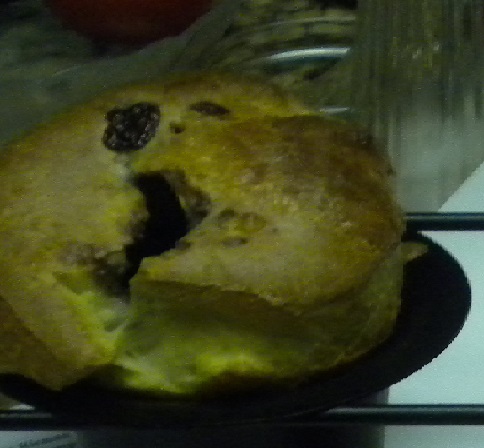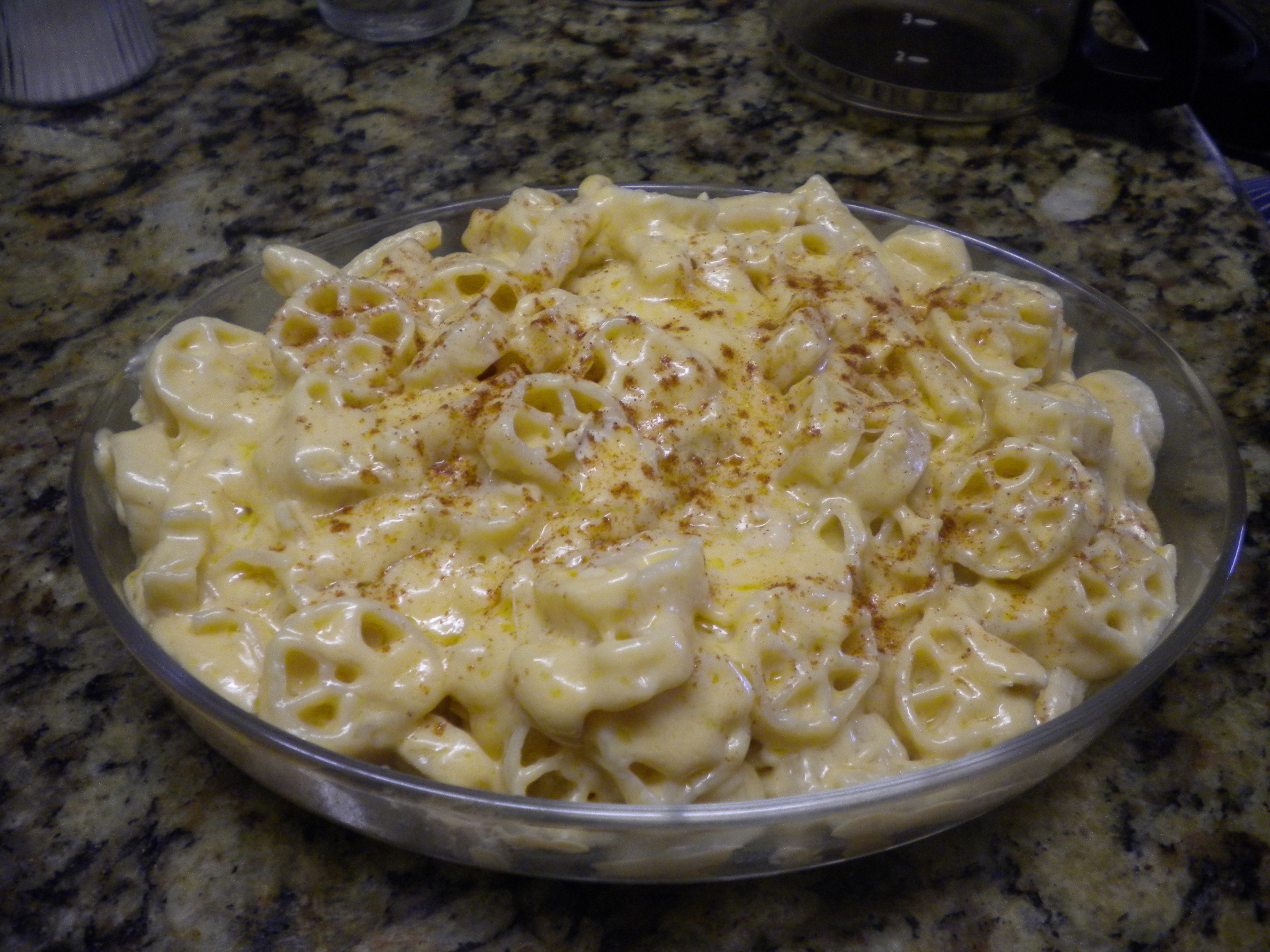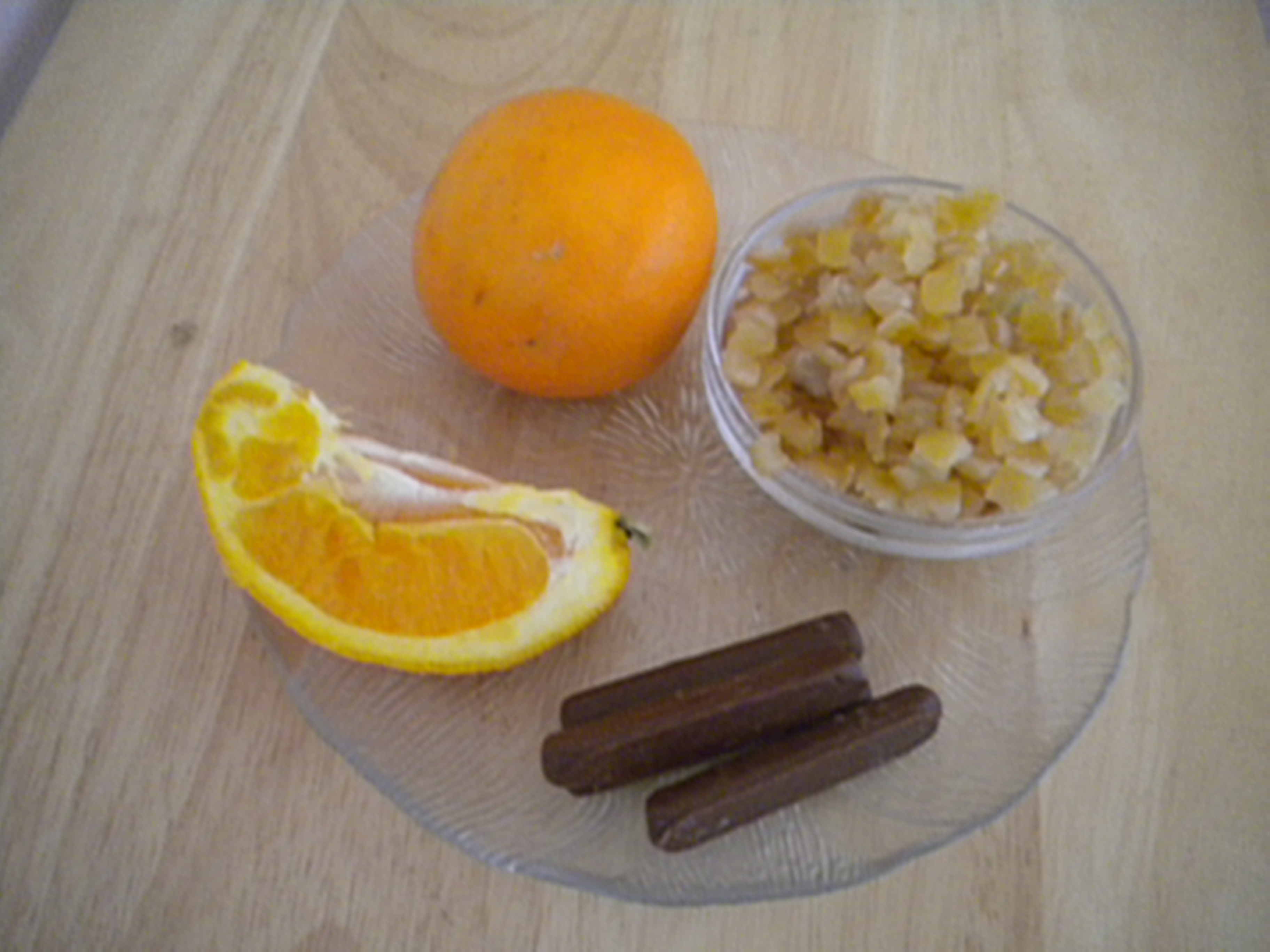What exactly is a Popover and why is it called that? A Popover is the American version of Yorkshire Pudding, a dish traditionally served with Roast Beef in England. Yorkshire Pudding is usually made in the drippings from a roast and is baked right in the roasting pan usually after the roast has been […]
Tag: Flour
Octber 13th is ‘National Yorkshire Pudding Day’. Yorkshire Pudding is not a pudding in the sense that most people think of as pudding. In other words Yorkshire Pudding is not a sweet dessert but rather a very eggy dish very similar to Popovers. Traditionally Yorkshire Pudding baked in the drippings of a Roast Beef and […]
DAY ONE – French & Italian Bread COUNTRY FRENCH BREAD ————–> We also made French Baguettes, an Italian Country Corn Loaf and a French Corn Loaf in addition to Quick Chocolate Bread from France. […]
July 14th is Bastille Day in France but in the United States it is Macaroni Day. What better way to consume your macaroni than in the All American Favorite – Macaroni and Cheese. There are many ways in which you can make this yummy dish and there is a whole range of pasta shapes that […]
NATIONAL FOOD DAYS CANDIED ORANGE PEEL Friday, Mary 4th is National Candied Orange Peel Day. Candied Orange & Lemon Peel is often used in baked goods, especially around the winter holidays when it is often used in fruit cake. But there is no need to wait for Christmas or Chanukah to add the Candied Peel to […]


